Weekly Tech Recap - № 184 - Sphero Bolt, Edge, Snapdragon Wear 3100, SmartThings Tracker, DelFly Nimble robot
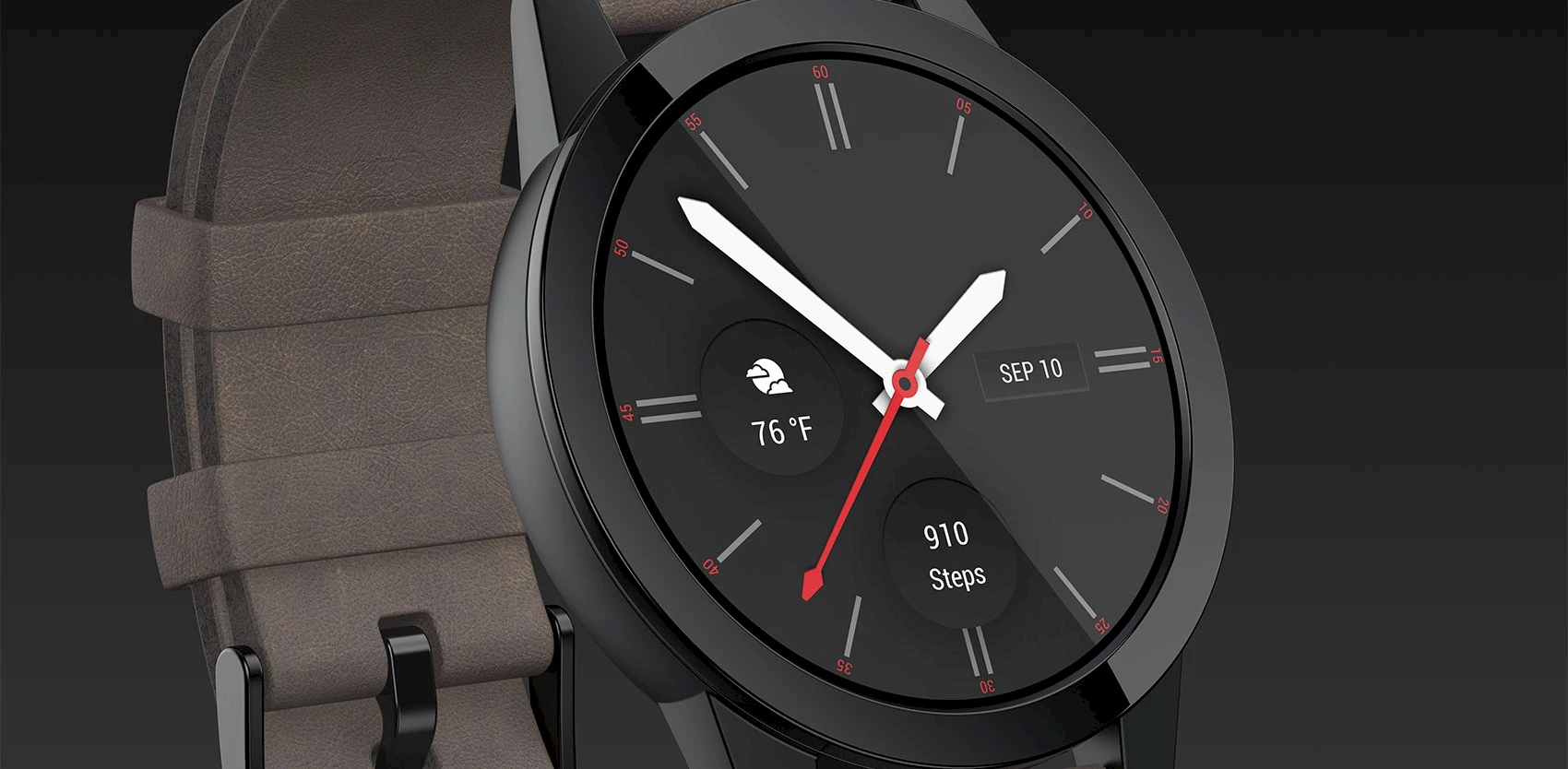
Sphero Bolt
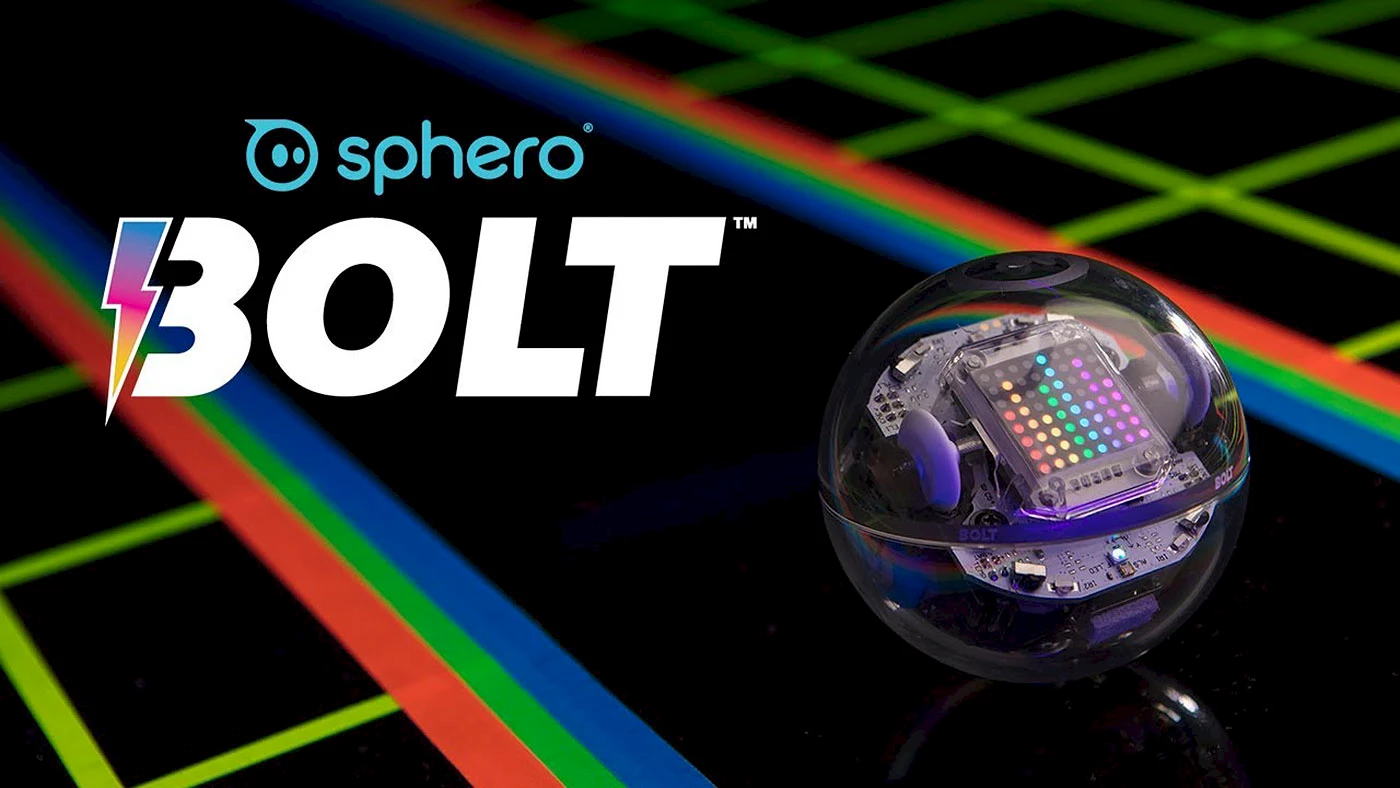
Sphero Bolt. © Sphero.
Sphero unveiled the Bolt, its new and improved version of the spherical educational robot Spark+ from 2016. Its trademark see-through shell displays several innovations, like an 8x8 LED diode matrix making a screen that can display a smiling emoticon when a task is successfully completed. The Bolt also has four infrared sensors to communicate and interact with other Bolts within 5 metres, as well as an improved battery providing two hours of heavy use before recharging. Like its predecessor, this rolling robot is controlled through the SpheroEDU mobile application, and is designed to introduce kids to robotics and programing. The Bolt is now available on Sphero’s Web site for US$150, and should soon be available in stores.
⇨ Mashable, “Sphero Bolt review: An insanely fun educational toy that teaches you to code.”
Microsoft to push users over the Edge
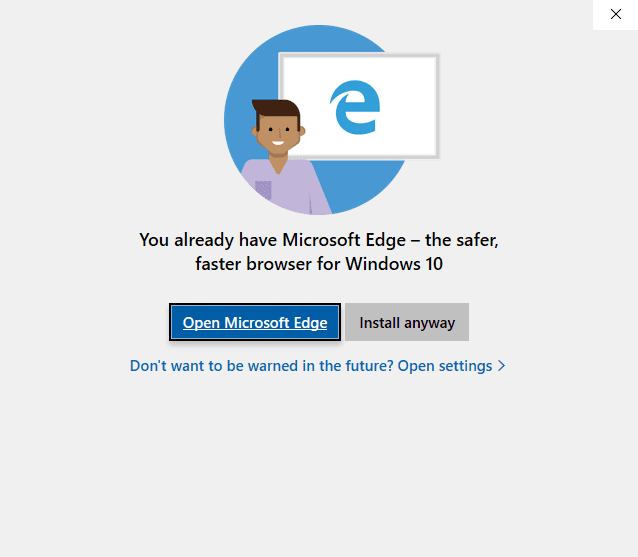
Windows 10 version 1809 Insider. © Microsoft.
In the upcoming version of Windows 10, set to launch in October, when you try to install Chrome or Firefox, a large window will pop up with the message, “You already have Microsoft Edge – the safer, faster browser for Windows 10.” You’ll then have two choices: the default option, in blue, “Open Microsoft Edge”, and the second option, in grey, “Install anyway”. Needless to say, the reaction of Insider testers was less than enthusiastic. After all, if you’re going through the trouble of installing a different browser on your system, it’s probably because you’re already familiar with Edge and specifically don’t want to use it. This marketing faux-pas just looks like desperation to us, and is bound to irritate 99% of people who choose to use Chrome or Firefox for their own reasons. It’s no wonder Microsoft is desperate: the use of Edge never really took off, and is even dropping. But given the howling on insider networks and in the press, who knows, maybe this “feature” will be quietly dropped.
⇨ gHacks Tech News, “Microsoft intercepting Firefox and Chrome installation on Windows 10.”
New Qualcomm chip for Android watches
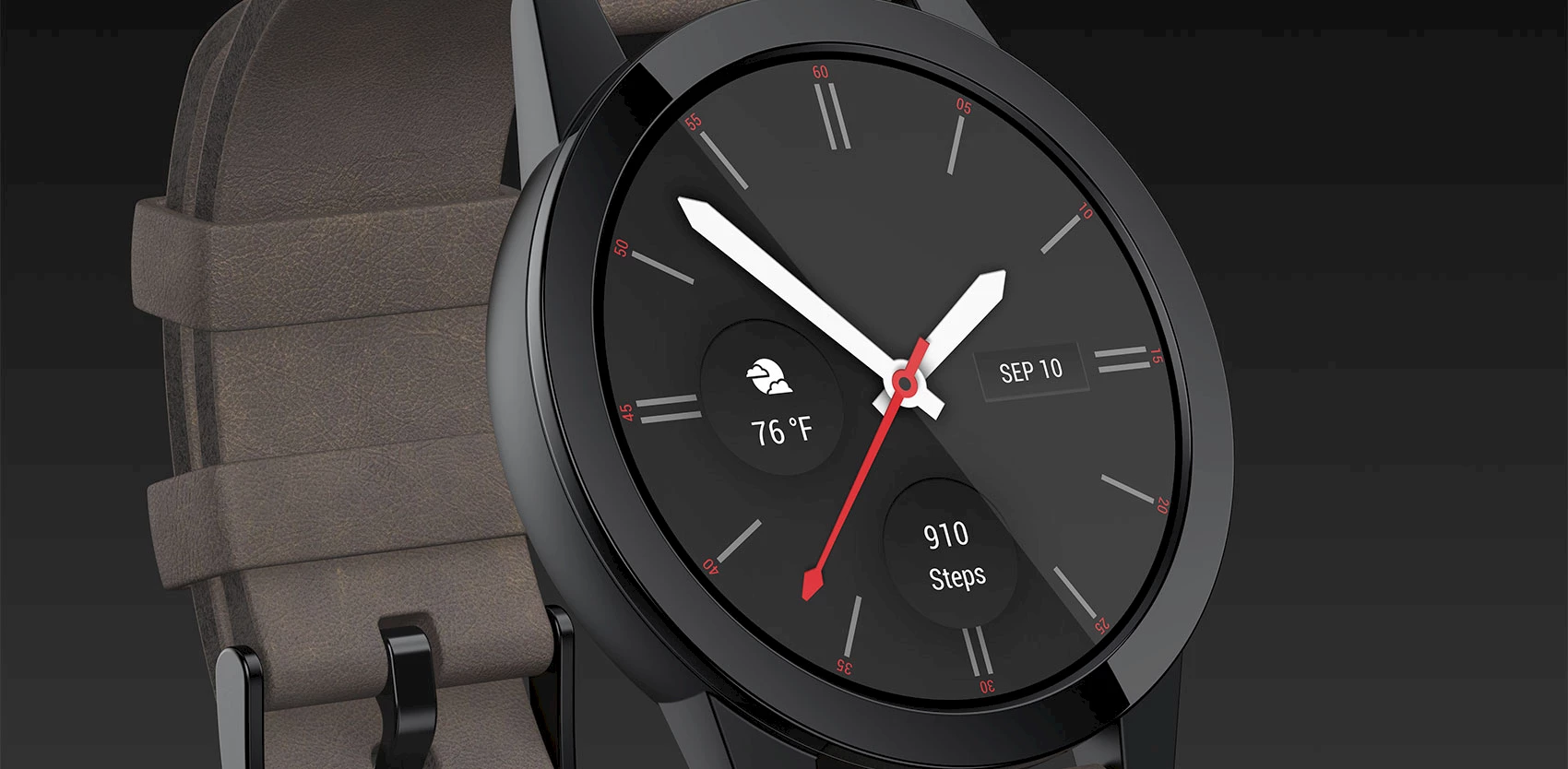
Snapdragon Wear 3100 Platform. © Qualcomm.
Qualcomm has released a new processor for smartwatches and other wearables, the Snapdragon Wear 3100, intended to extend battery life, enhance always-on displays, and offer greater versatility. This new development was highly anticipated by the industry, which had been waiting for a new chip for two and a half years. The main innovation in this chip is the addition of a new, low-power co-processor that handles most tasks when the watch isn’t actually being interacted with, providing for a significant improvement in battery life. This co-processor will power a watch’s sensors and ambient display, while using up to 20 times less energy than the main processor. Another interesting feature is that when the battery gets low (charge less than 20%), the processor stops WearOS, allowing the watch to just give time for at least another week. The new processor will be found in Fossil, Louis Vuitton and Montblanc watches before the end of the year.
⇨ Circuit Breaker, “Qualcomm finally has a new chip for the next generation of Android smartwatches.”
Samsung Tracker
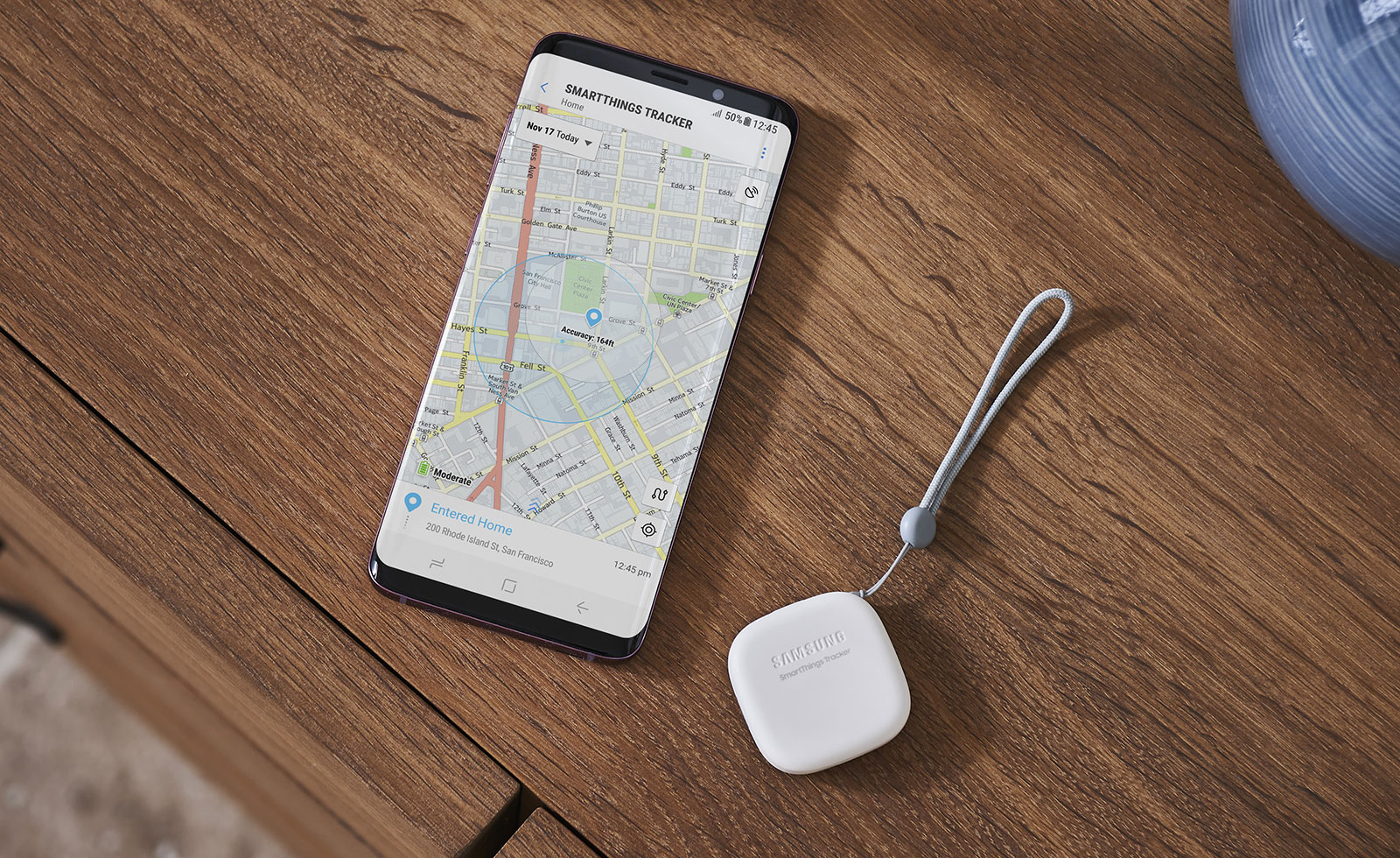
SmartThings Tracker. © Samsung.
Samsung is releasing a tracker – a tag allowing you to locate the object it is attached to – that’s powered by LTE-M network, unlike other, competing trackers, like Tile Mate, that work with Bluetooth and have a limited range of a couple of hundred feet. LTE-M (or LTE Cat-M1) is a network specifically designed for IoT/M2M devices that runs on 4G telephone networks. This means that Samsung’s tracker can be detected anywhere on a 4G telephone operator’s network. Battery life is about a week. SmartThings Tracker will be available through AT&T as of September 14, and through Verizon later on this year. The price of US$99 includes a one-year LTE-M subscription. After the first year, the price drops to US$50 per year.
⇨ Circuit Breaker, “Samsung’s SmartThings Tracker uses LTE to find your misplaced items.”
DelFly Nimble, the flying insect robot
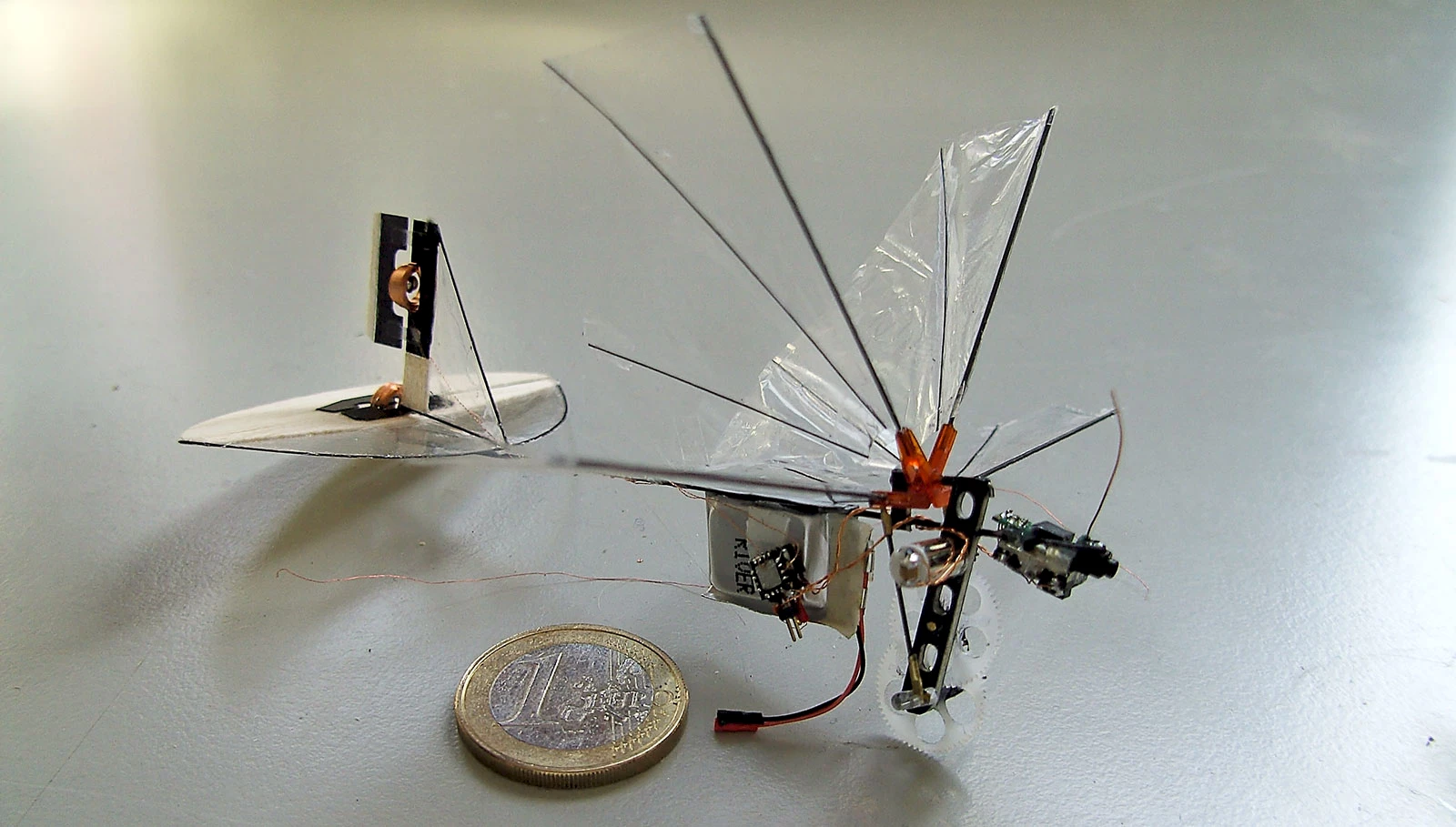
DelFly Nimble. © Delft Micro Aerial Vehicle Lab (MAV lab) / Wageningen University.
Flying insects like bees, dragonflies, and fruit flies can perform impressive aerodynamic feats, particularly when seeking to escape predators or the movements of an annoyed human. Now Dutch scientists have built a flying robot capable of executing similar manoeuvers – despite being much larger than the average insects – that could shed light on how these creatures achieve those feats. The scientists described their work in a new paper in Science.
⇨ Delta, “To be as nimble as a bee.”
⇨ Ars Technica, “This nifty flying robot can hover, bank, and turn as deftly as a fruit fly.”
